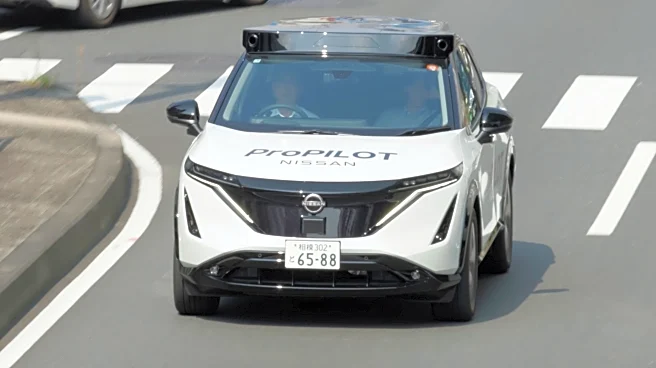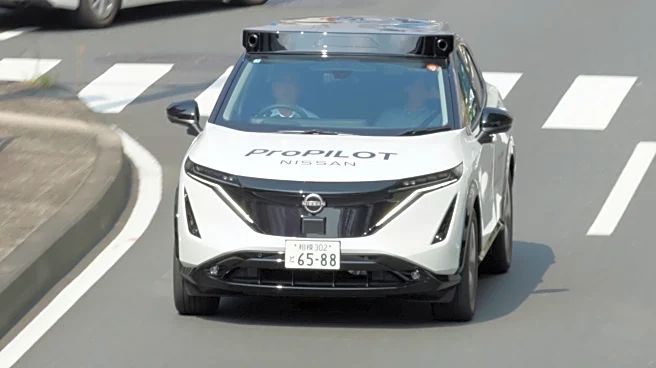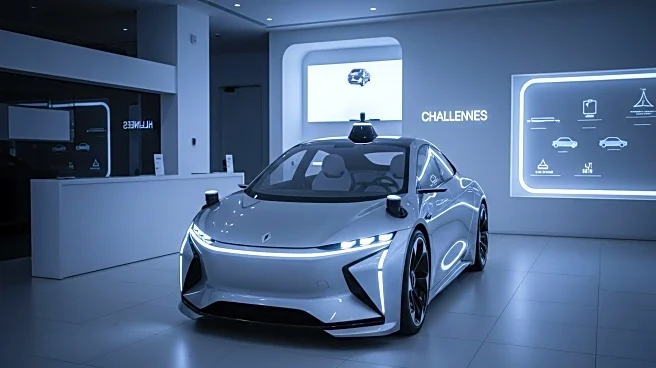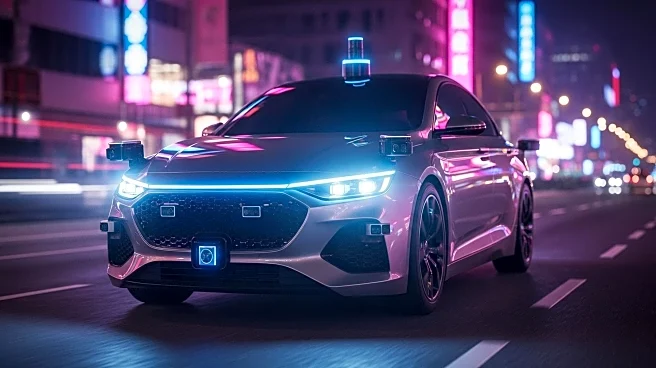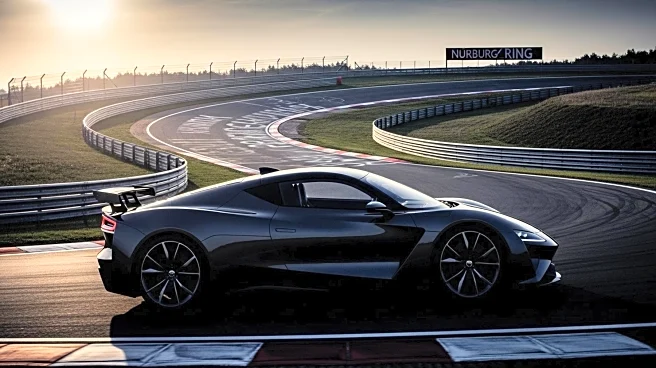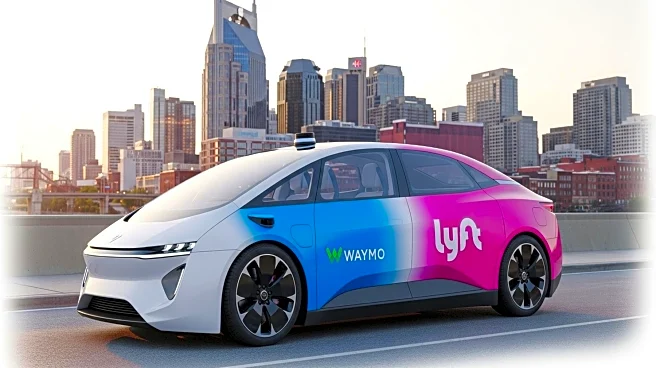What's Happening?
Toyota has commenced production of its e-Palette vehicles, marking a significant step in its Mobility-as-a-Service (MaaS) initiative. The e-Palette, first introduced as a concept at the Tokyo Motor Show in 2017, is designed to be a versatile vehicle capable of transforming its function throughout the day. It can serve as a shuttle, a mobile store, or even a medical clinic, depending on the needs of the urban environment. The production model, which can reach speeds of up to 80 km/h and has a range of 250 kilometers, maintains the accessibility features of its Olympic prototype, accommodating up to 17 passengers. The vehicle's open-source platform allows third-party developers to integrate their autonomous driving systems, supporting Level 2 automation with plans for Level 4 by 2027.
Why It's Important?
The production of the e-Palette represents a shift in urban mobility, emphasizing efficiency and flexibility. By allowing vehicles to change their function throughout the day, Toyota aims to reduce the number of idle cars and enhance urban infrastructure. This approach not only addresses transportation needs but also integrates vehicles into the city's information network through customizable digital signage. The e-Palette's ability to serve as an emergency power source further highlights its role in urban resilience. The collaboration with companies like Amazon and Uber to develop autonomous systems underscores the importance of partnerships in advancing mobility solutions.
What's Next?
As the e-Palette begins service in TOYOTA ARENA TOKYO and prepares for deployment in Toyota Woven City, it is expected to transform urban landscapes by providing adaptable transportation solutions. The integration of third-party autonomous driving systems will continue to evolve, with Toyota aiming for higher levels of automation in the coming years. The vehicle's role as a mobile power grid could see increased utilization in emergency situations, enhancing its value beyond transportation. Stakeholders in urban planning and mobility services will likely monitor the e-Palette's impact on city infrastructure and transportation efficiency.
Beyond the Headlines
The e-Palette's development reflects broader trends in mobility innovation, where vehicles are seen as dynamic components of urban ecosystems rather than static transport units. This paradigm shift could influence future vehicle designs and urban planning strategies, promoting sustainability and adaptability. The collaborative nature of the e-Palette's platform may also inspire similar initiatives across the automotive industry, fostering a culture of shared innovation and technological advancement.

